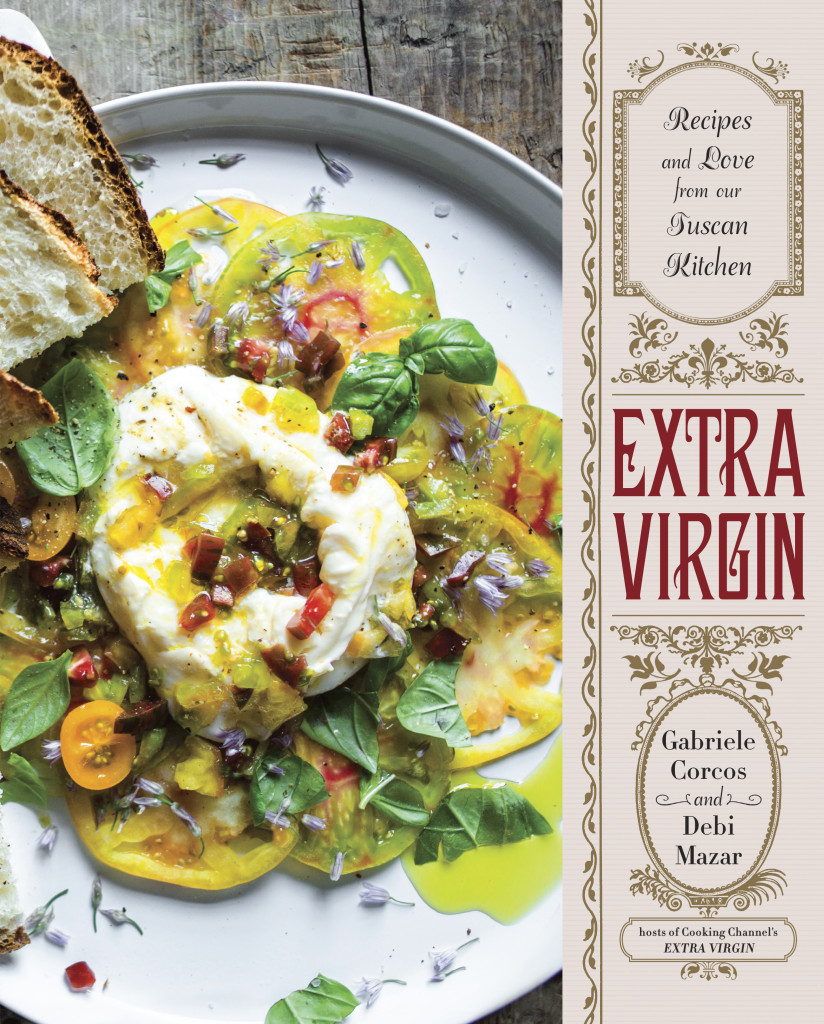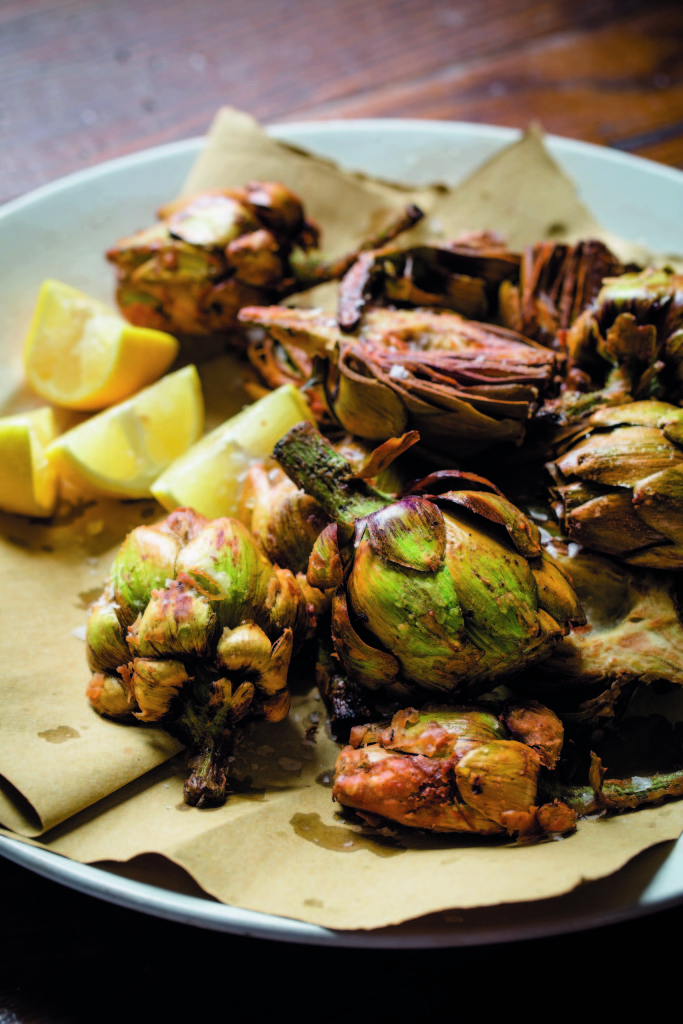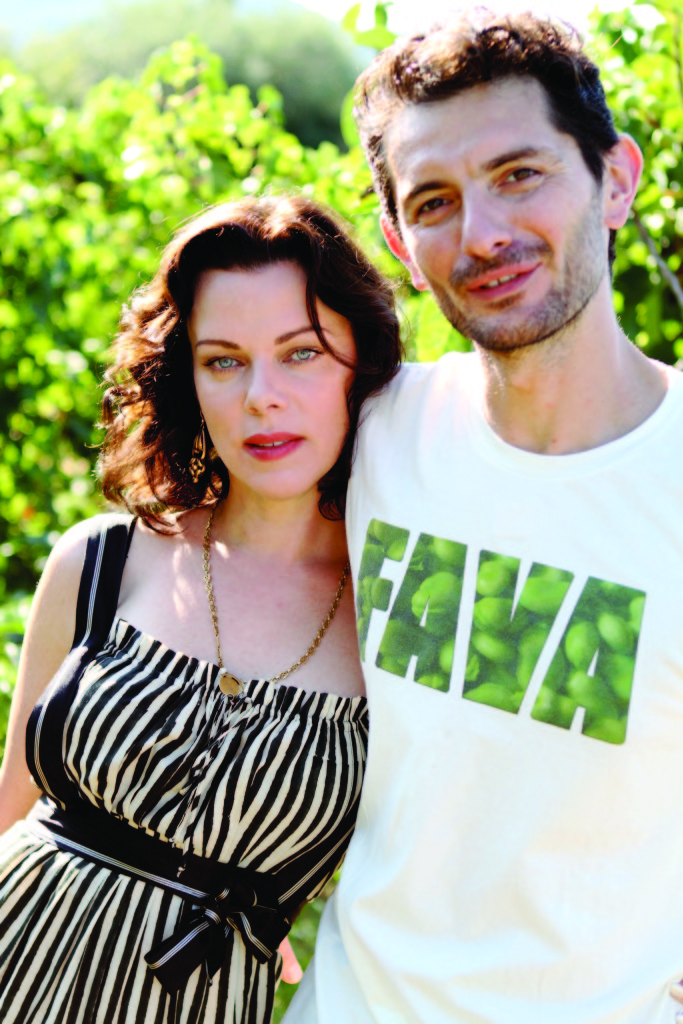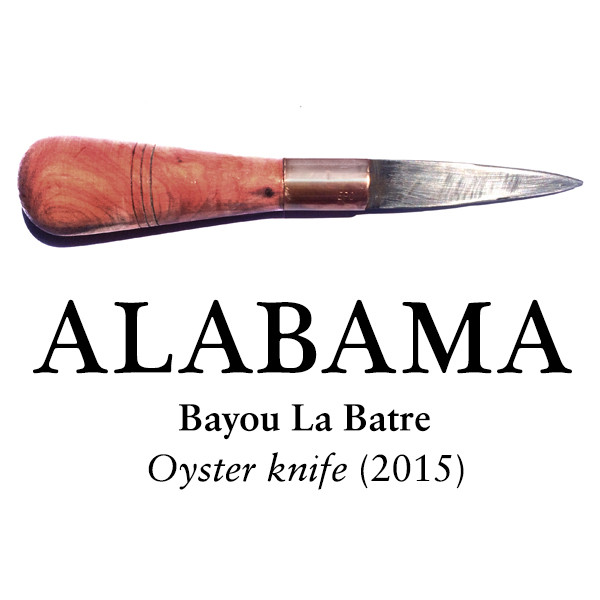Fine Print
Debi Mazar’s First Cookbook
If a book were to be judged solely by its dust-cover testimonials Extra Virgin (Clarkson Potter) would clearly be in the winner’s circle. The first cookbook by Debi Mazar and husband Gabriele Corcos (of the charming Cooking Channel show of the same name), its jacket is littered with comments from well-known figures of the food […]
FACEBOOK TWITTER EMAIL

If a book were to be judged solely by its dust-cover testimonials Extra Virgin (Clarkson Potter) would clearly be in the winner’s circle. The first cookbook by Debi Mazar and husband Gabriele Corcos (of the charming Cooking Channel show of the same name), its jacket is littered with comments from well-known figures of the food (Batali, Bourdain, Flay) and, thanks to Mazar’s original profession, entertainment (Madonna, Scorsese, Pee-Wee Herman) worlds. It’s from that latter world that I know and love her—from her turns in friend Madonna’s videos (a perky, shimmying back-up singer in “True Blue”, a friend that “keeps telling her to give him up” in “Papa Don’t Preach”); from her role as coked-out Sandy in Goodfellas, and from the many Maripol polaroids of early ‘80s New York City that she graced in all of her retro-style glory alongside icons like Keith Haring. That Mazar is impossibly cool and stylish has always been clear, but in recent years, it’s been revealed that she is also a great cook. And when Mazar, who has always fancied herself a foodie, met husband Corcos who is from Fiesole, a picturesque town in the hills above Florence, a partnership, in life and in the kitchen, was born. The pair’s first cookbook feel like a lens into their home kitchen, capturing their infectious spirit and lovingly laid-back approach to (mostly) Northern Italian cuisine. Among the many wonderful, easy-to-follow recipes inside, you will find ones for a trio of classic Tuscan soups (pasta e fagioli, ribollita, pappa al pomodoro); delicate, ricotta-stuffed fried zucchini blossoms (the meal Corcos served Mazar on their first date); a baccala all Fiorentina (which is different, it should be pointed out, from the Vicentina version); traditional cakes like castagnaccio (chestnut flour) and schiacciata alla Fiorentina (an orangey Florentine treat); and, of course, an army of pastas with all the icons represented (read, puttanesca, amatriciana, Bolognese). A worthy addition to the cookbook shelf for Italian food devotees and Mazar mega-fans—I just so happen to be both. FV


Warning: opendir(/nas/content/live/gatherjournal/wp-includes/images/media): failed to open dir: No such file or directory in /nas/content/live/gatherjournal/wp-includes/post.php on line 7113
Notice: Undefined variable: icon in /nas/content/live/gatherjournal/wp-includes/post.php on line 7183
Advertisement

